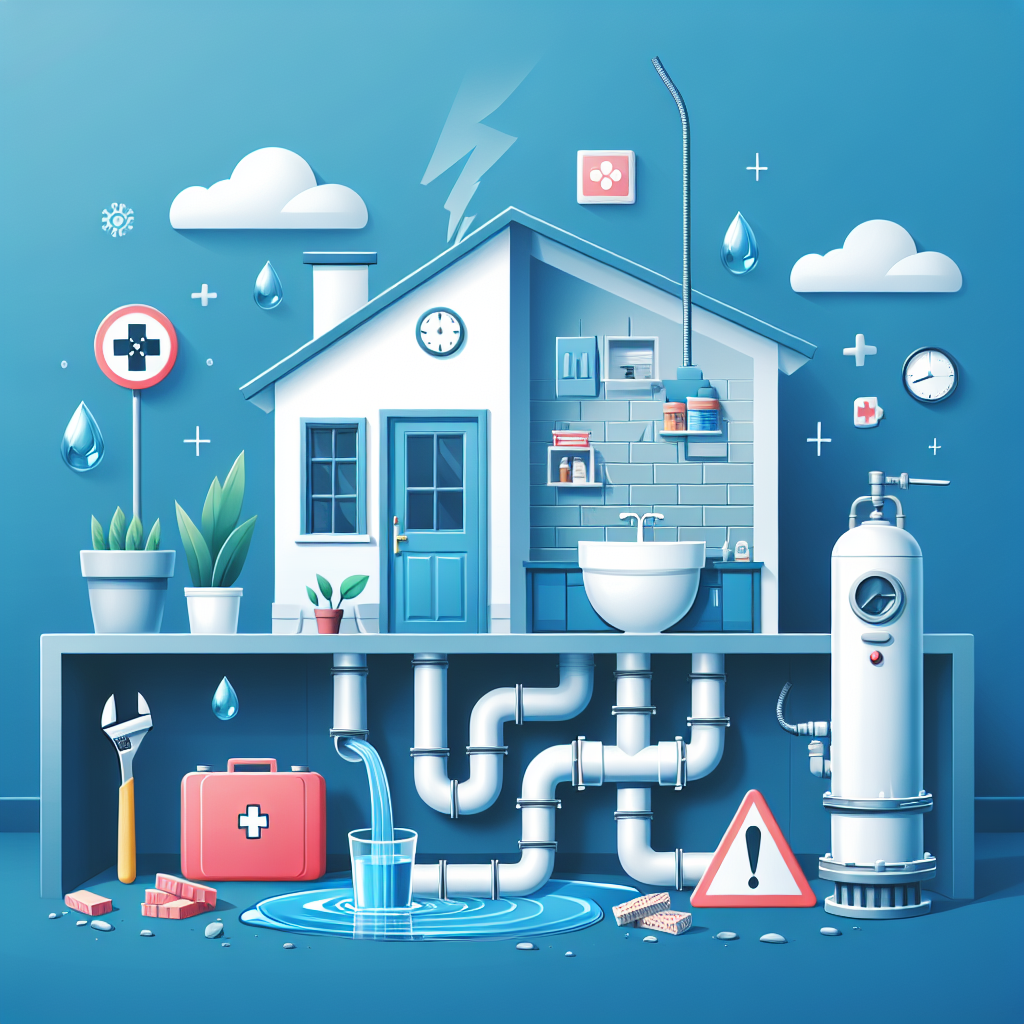Every homeowner seeks to create a safe and healthy environment for their family. However, unseen hazards can pose significant risks, particularly when it comes to plumbing systems. One essential safety feature that often goes unnoticed is a backflow prevention device. This article will help you understand the health hazards associated with backflow, guide you on recognizing when to install a backflow prevention device, and highlight its benefits for your home.
What is Backflow and Why is it a Concern?
Backflow occurs when water from the supply system flows backward into the clean water supply, potentially introducing contaminants, bacteria, and harmful substances. Two common scenarios leading to backflow include:
- Backpressure: This occurs when there’s an increase in pressure upstream (such as a clogged drain) that pushes water back into the system.
- Backsiphonage: This happens when a sudden drop in water pressure creates a vacuum, pulling contaminated water back into the drinking supply.
Both scenarios can lead to significant health hazards, including gastrointestinal illnesses, chemical poisoning, and other serious medical conditions.
Identifying the Health Risks of Backflow
Understanding the potential health risks associated with backflow is crucial for every homeowner. The contaminants that may enter your supply system could include:
- Sewage: Pathogens in sewage can cause severe illnesses and infections.
- Chemicals: Pesticides or fertilizers from agricultural runoff might seep into your water supply.
- Heavy Metals: Plumbing repairs or corroded pipes can introduce dangerous metals such as lead and copper.
If any of these substances contaminate your drinking water, you may be putting your family’s health at risk.
Signs You Need a Backflow Prevention Device
Recognizing the signs that indicate the need for a backflow prevention device is essential for maintaining water safety in your home. Here are some key indicators:
1. Aging Plumbing System
If your home has an aging plumbing system, the risk of backflow can increase due to deteriorating pipes and fixtures. Consider installing a backflow device if your plumbing is over 20 years old.
2. Flood-Prone Areas
Homes in flood-prone regions or areas susceptible to heavy storms are at a higher risk of backflow issues. If your property tends to collect water during heavy rainfall, installing a backflow prevention device is a smart choice.
3. Installation of New Appliances
Installing new appliances that connect to your water supply, such as dishwashers or lawn irrigation systems, can introduce risks if proper backflow prevention measures are not taken.
4. Reduced Water Pressure
If you experience frequent drops in water pressure, it could indicate the potential for backsiphonage, which can lead to contaminated water. In such cases, consider installing a backflow prevention device as a safeguard.
Benefits of Installing a Backflow Prevention Device
Investing in a backflow prevention device benefits your home and family in numerous ways:
- Health Protection: The primary advantage is protecting your family from potential waterborne diseases and contaminants, ensuring that your drinking water remains safe.
- Compliance with Regulations: Many local governments require backflow prevention devices for specific home systems. Installing one ensures you adhere to building codes and regulations.
- Peace of Mind: Knowing that your water supply is secure provides invaluable peace of mind, allowing you to focus on enjoying your home.
Choosing the Right Backflow Prevention Device
Selecting the right device for your home involves consulting with a professional plumber who can evaluate your specific needs and the layout of your plumbing system. Depending on your situation, they may recommend various types, including:
- Double Check Valve Assembly (DCVA)
- Reduced Pressure Zone Device (RPZ)
- Pressure Vacuum Breaker (PVB)
Conclusion
In our pursuit of domestic bliss, we often overlook hidden hazards lurking in our plumbing systems. Recognizing the need for a backflow prevention device is an essential aspect of maintaining a safe and healthy home. By understanding the signs and investing in a suitable device, you are taking proactive steps to safeguard your family against potential health risks associated with contaminated water. Always consult with a plumbing professional for guidance tailored to your home, and relish the peace of mind that comes from knowing your water supply is protected.
Stay informed, stay safe, and enjoy a healthier home—where every drop counts!
By optimizing this article for SEO, including relevant keywords like "backflow prevention device," "health hazards at home," and "water safety," you can increase its visibility in search engines, helping more homeowners recognize the importance of this crucial safety feature.


